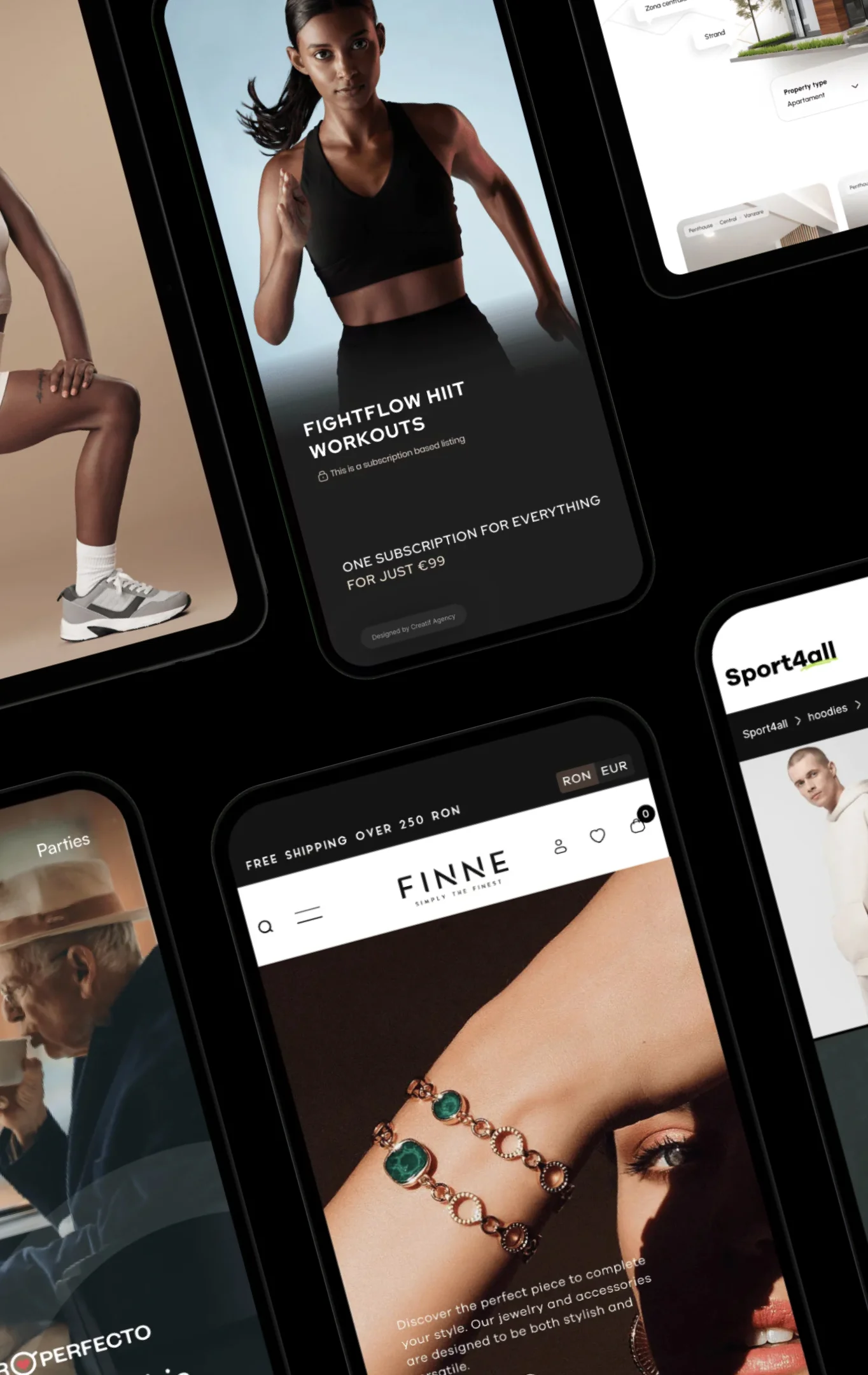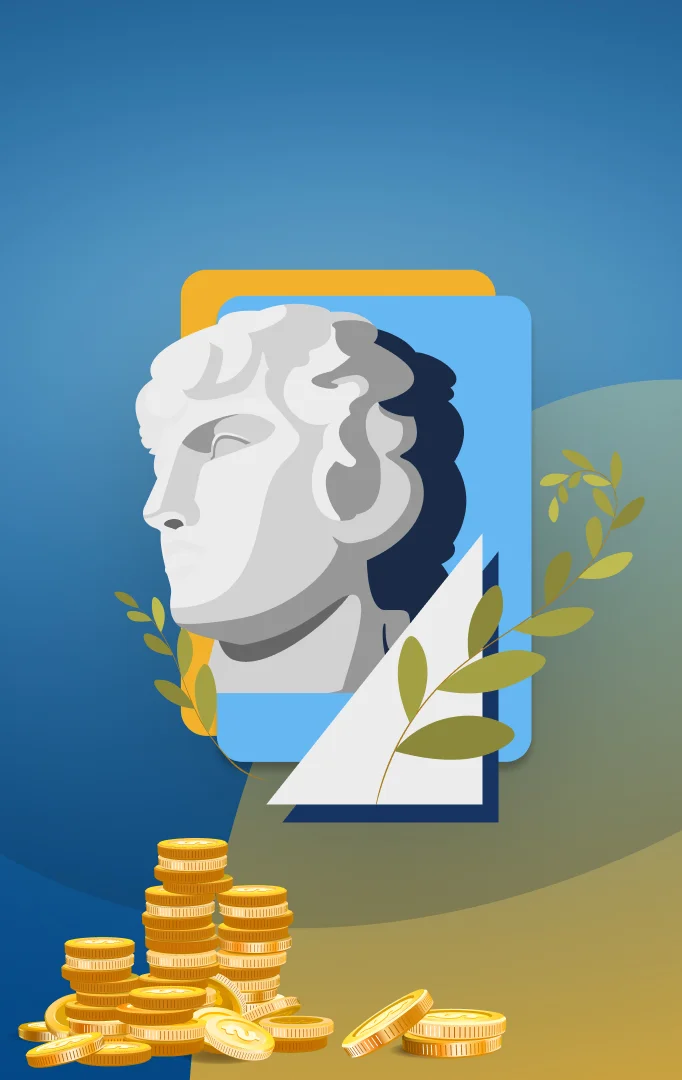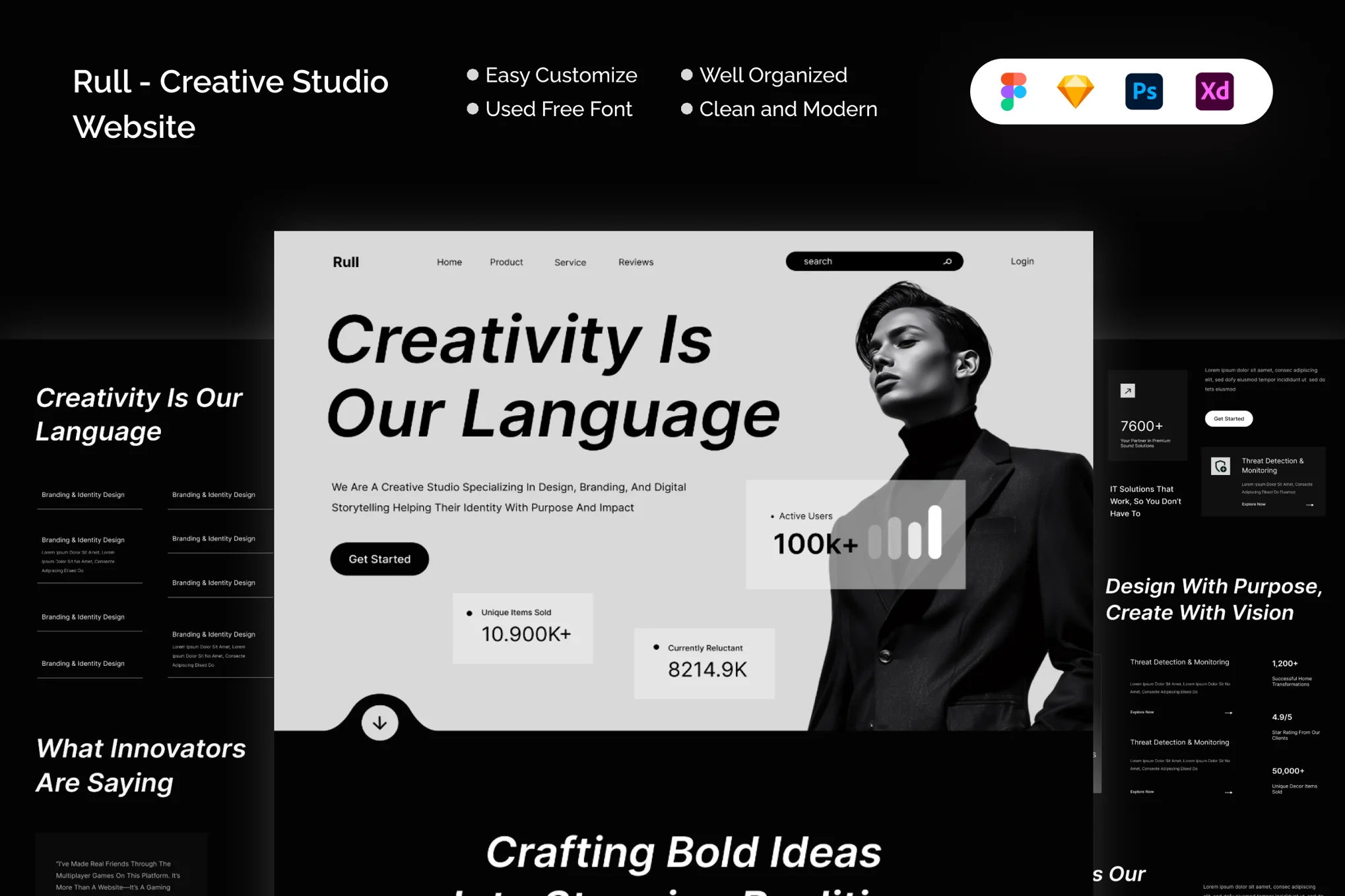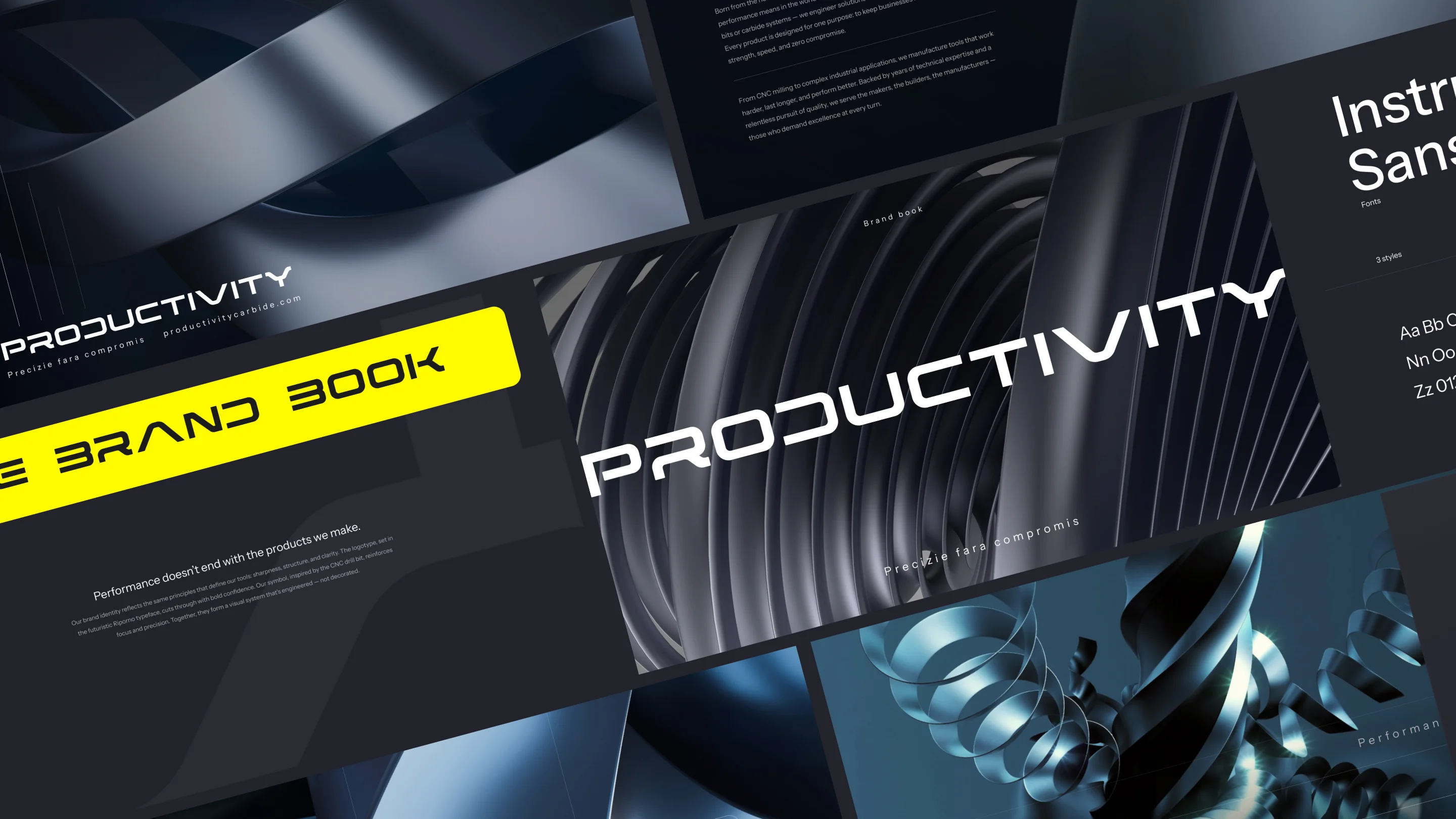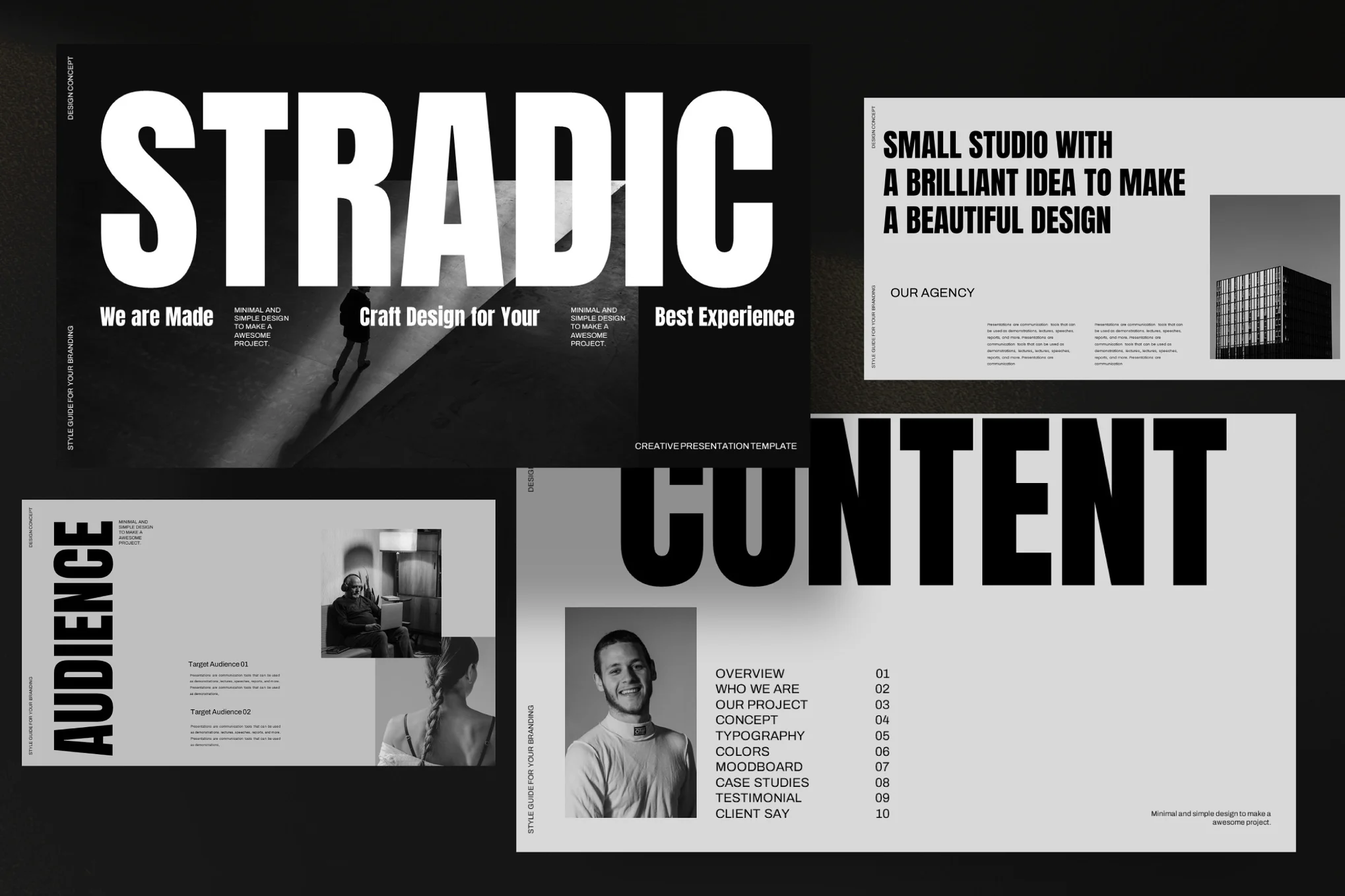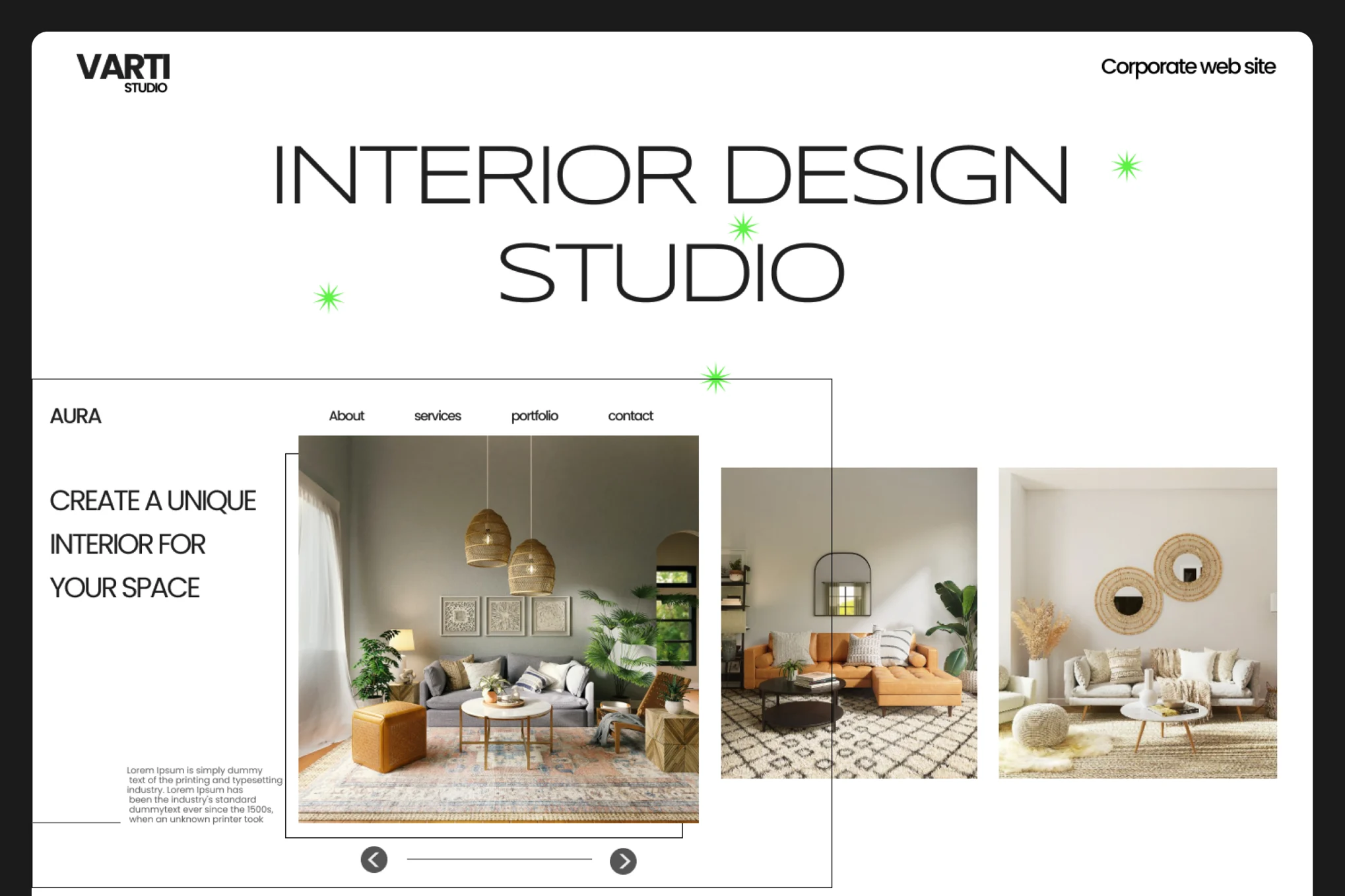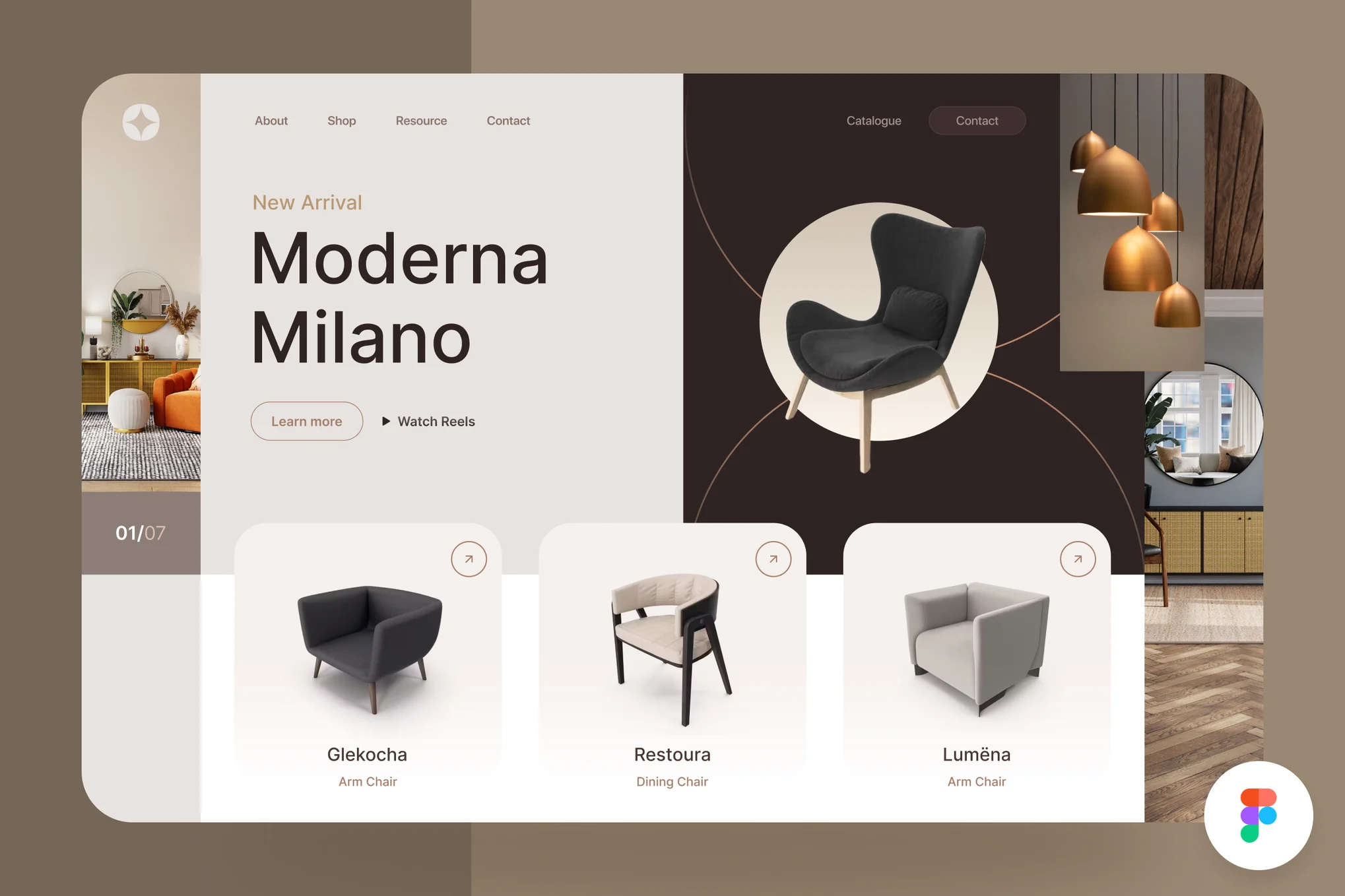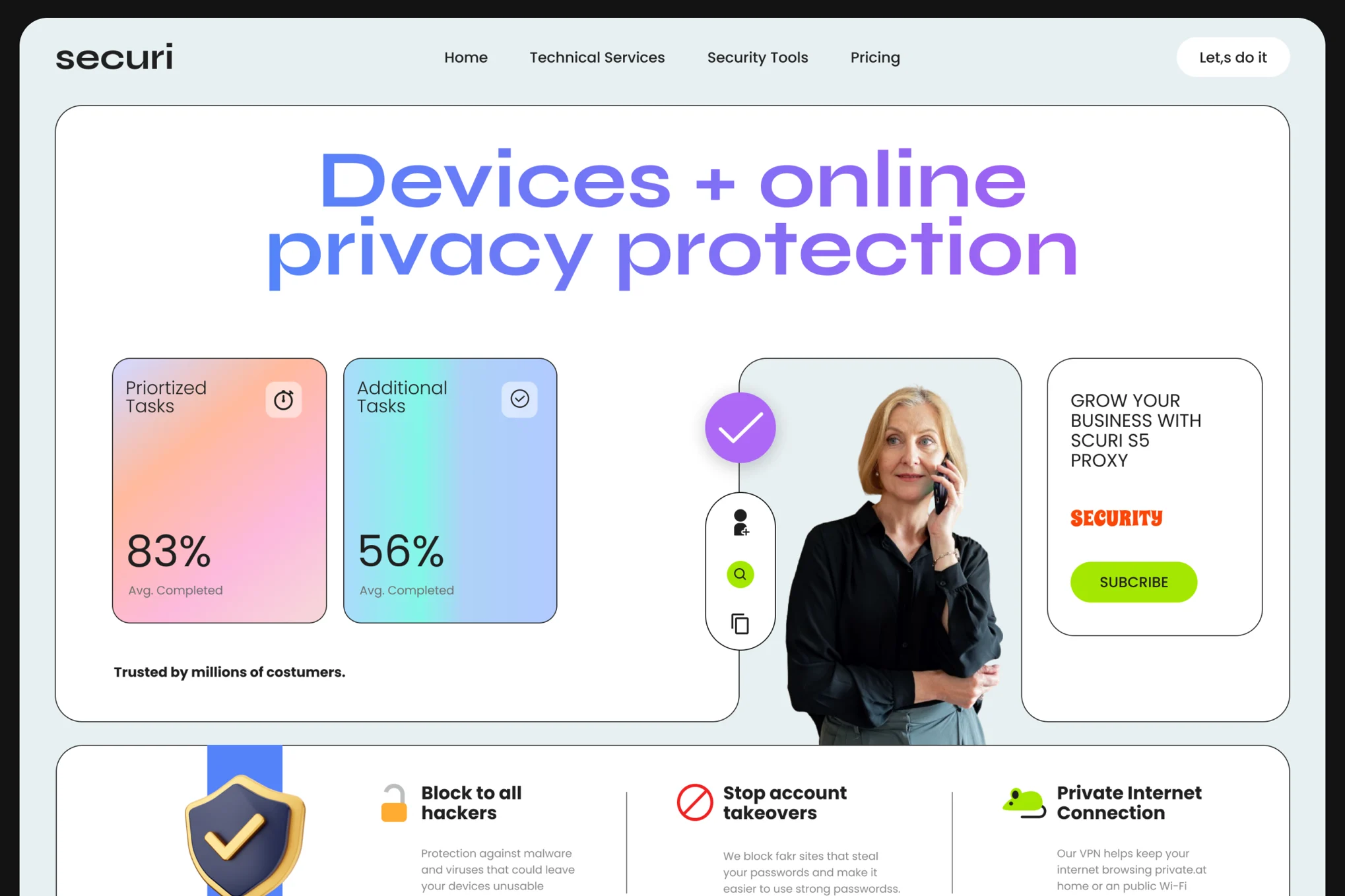14 Best Web Design Strategies in 2024
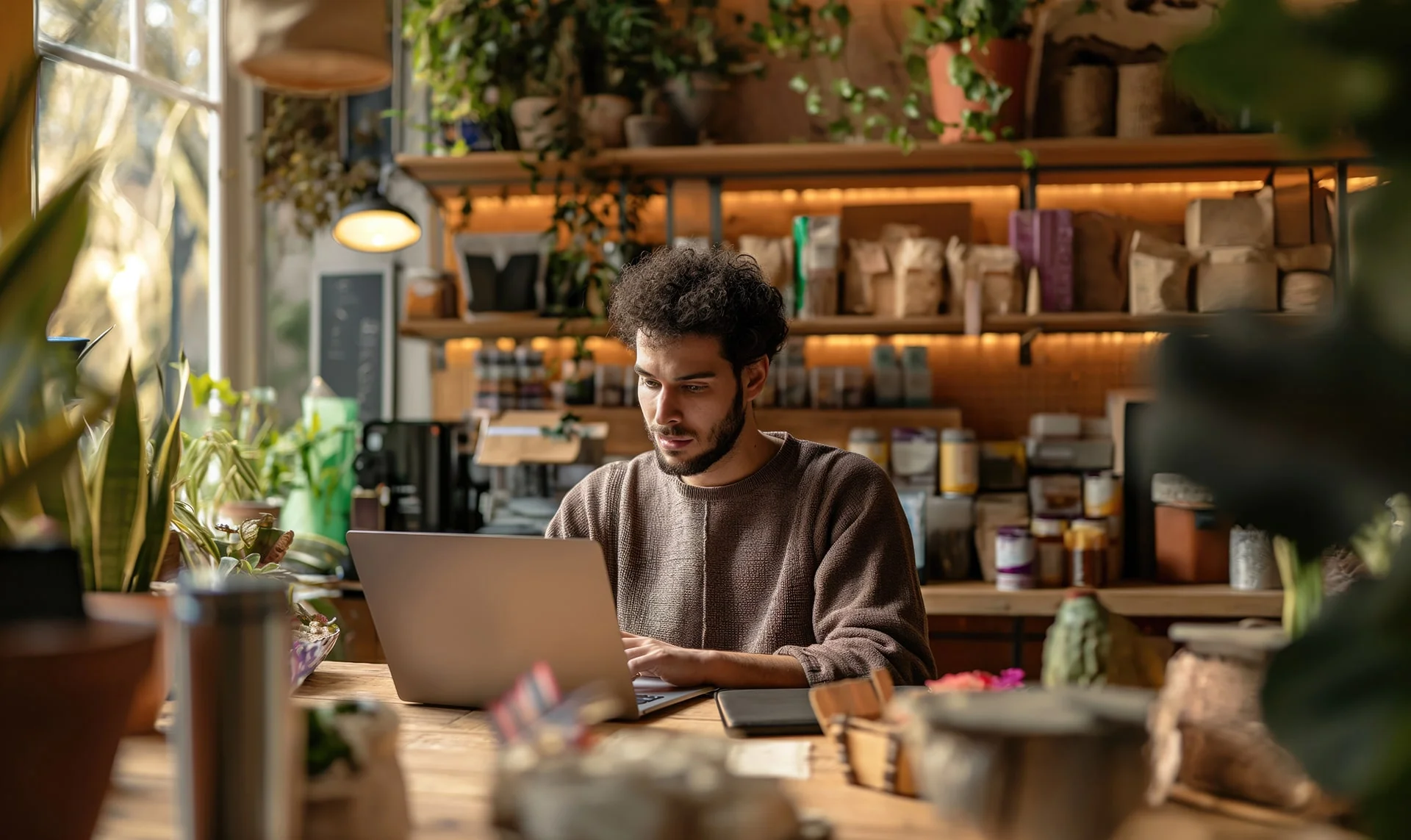
In the landscape of web design in 2024, staying ahead of the curve is crucial for businesses and designers alike. As we delve into 2024, it’s clear that certain strategies have emerged as the most effective for creating engaging, user-friendly websites. This piece will explore 14 of the best web design strategies that have proven to be game-changers in this year.
1. Emphasis on Minimalistic Design
Minimalism has been a prevailing trend in web design for several years, and 2024 is no exception. The “less is more” philosophy allows for a clean, uncluttered interface, making it easier for users to navigate and find what they’re looking for.
Moreover, minimalistic design aids in faster load times and better mobile optimization, both of which are critical factors in SEO and user experience. It’s not just about removing elements, but about making the most out of what’s left – every line, color, and design element must serve a purpose.
2. Mobile-First Approach
With the majority of web traffic now coming from mobile devices, a mobile-first approach to web design is more important than ever. This means designing for the smallest screen first and then scaling up for larger devices.
Mobile-first design ensures that your website looks great on all devices, improves load times, and can significantly boost your site’s search engine rankings. It’s a strategy that’s no longer optional in 2024, but a necessity.
3. Dark Mode Design
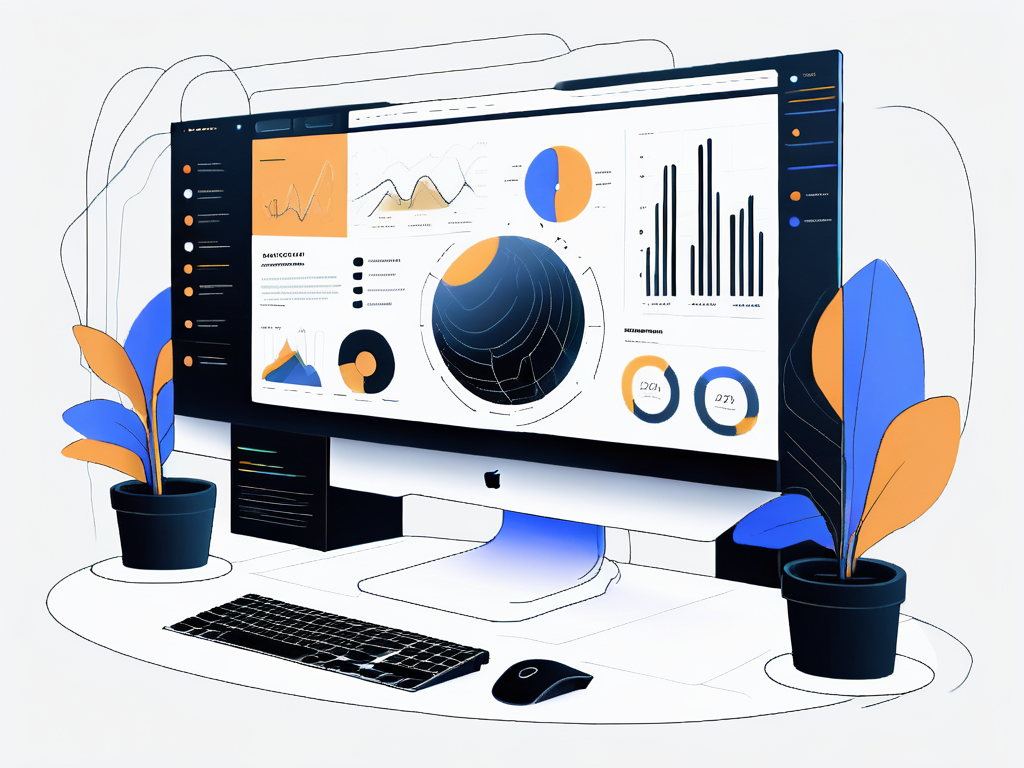
Dark mode design has become increasingly popular, with many users finding it easier on the eyes and better for battery life. Offering a dark mode option on your website can enhance user experience and keep visitors on your site longer.
However, implementing dark mode requires careful consideration of color schemes, contrast, and typography to ensure readability and maintain aesthetic appeal. It’s not just about inverting colors, but about creating a harmonious balance between different elements.
4. Micro-Interactions
Micro-interactions are small animations or design elements that respond to user behavior. They can make a website feel more interactive and engaging, improving user experience and encouraging visitors to stay longer.
Common examples of micro-interactions include button animations when clicked, progress indicators, and subtle animations as users scroll down a page. These small details can make a big difference in the overall feel of a website.
5. AI and Machine Learning
Artificial Intelligence (AI) and Machine Learning (ML) are no longer futuristic concepts, but integral parts of web design in 2024. They can be used to personalize user experience, predict user behavior, and automate processes.
For example, AI can analyze user data to provide personalized content recommendations, while ML can automate tasks such as customer service through chatbots. These technologies can significantly enhance user experience and efficiency.
6. Voice User Interface (VUI)
With the rise of smart speakers and voice assistants, designing for voice user interface (VUI) has become increasingly important. VUI allows users to interact with your website through voice commands, making it more accessible and user-friendly.
Designing for VUI involves considering how users speak and ask questions, and ensuring your website can understand and respond to these voice commands. It’s a strategy that can significantly improve user experience, especially for users with visual impairments or those who prefer speaking over typing.
7. Augmented Reality (AR)
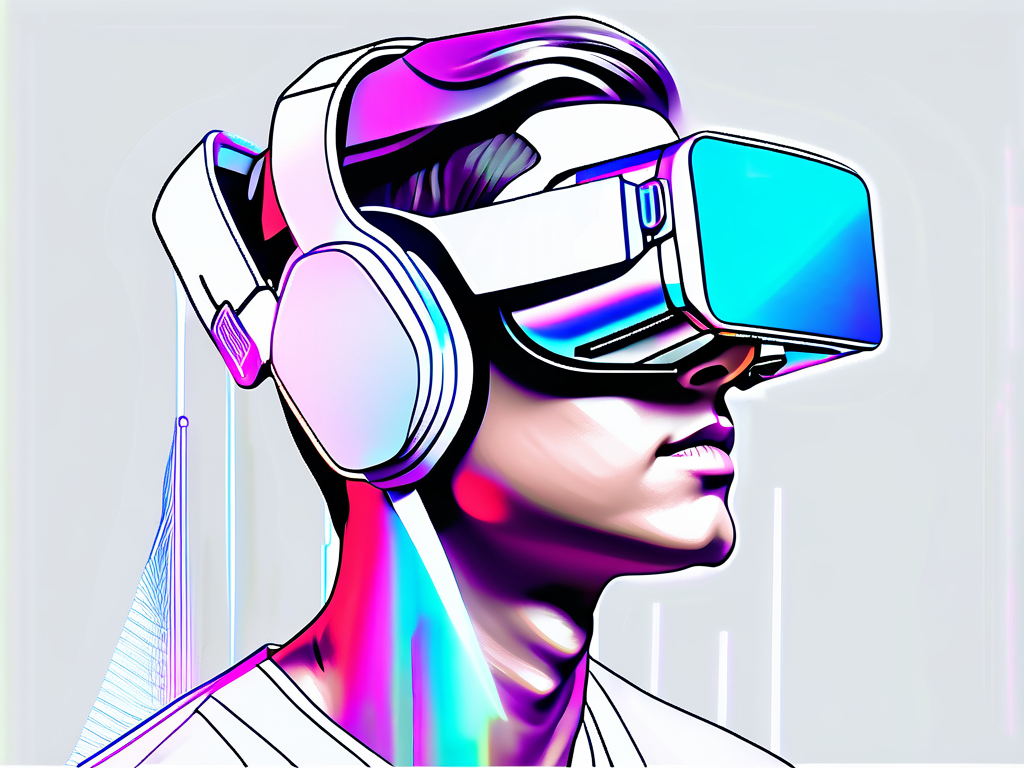
Augmented Reality (AR) offers a unique way to engage users and enhance their online experience. It allows users to interact with virtual objects in the real world, providing a more immersive experience.
For example, retail websites can use AR to allow customers to virtually try on clothes or see how furniture would look in their home. It’s a strategy that can significantly boost engagement and conversions.
8. Data Visualization
Data visualization involves using graphical elements to represent data, making it easier to understand and interpret. It can be used to highlight important information, tell a story, or provide insights.
Good data visualization can enhance user experience by making complex data more digestible and engaging. It’s a strategy that’s particularly useful for websites dealing with large amounts of data or information.
9. Accessibility and Inclusivity
Web accessibility ensures that all users, including those with disabilities, can access and interact with your website. Inclusive design goes a step further by considering the diverse needs and experiences of users, ensuring your website is usable and meaningful for everyone.
Designing for accessibility and inclusivity not only broadens your audience reach, but also improves SEO and can enhance your brand’s reputation. It’s a strategy that’s not just ethically right, but also good for business.
10. 3D Elements and Animations
3D elements and animations can make a website more engaging and visually appealing. They can be used to add depth to your design, highlight important information, or create a more immersive experience.
However, 3D design requires careful consideration of load times and mobile optimization, as it can be resource-intensive. It’s a strategy that can make your website stand out, but needs to be implemented wisely.
11. User-Generated Content
User-generated content (UGC) is content created by users, such as reviews, testimonials, or social media posts. UGC can boost credibility and trust, as users often value the opinions of their peers more than brand messages.
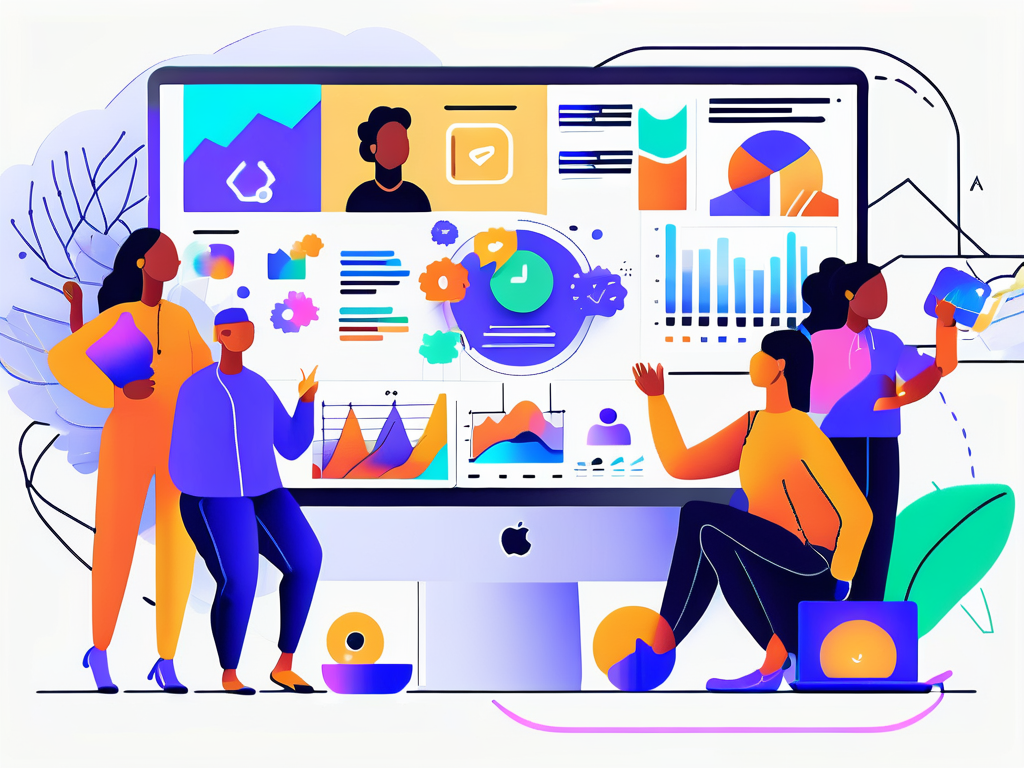
Encouraging UGC on your website can enhance user engagement and provide valuable insights into your audience. It’s a strategy that can foster a sense of community and boost conversions.
12. Video Content
Video content continues to be a powerful tool in web design, with users often preferring to watch a video than read text. Videos can be used to explain complex concepts, tell a story, or showcase products or services.
However, video content must be optimized for load times and mobile viewing to ensure a good user experience. It’s a strategy that can significantly boost engagement and conversions, but needs to be executed well.
13. Virtual Reality (VR)
Virtual Reality (VR) offers a fully immersive experience, allowing users to interact with a 3D environment. While it’s still a relatively new trend in web design, it’s a strategy that can make your website stand out and provide a unique user experience.
For example, travel websites can use VR to offer virtual tours, while educational websites can use it for interactive learning experiences. It’s a strategy that requires significant resources and expertise, but can offer a high return on investment.
14. Personalization
Personalization involves tailoring the user experience based on individual user data, such as browsing history, location, or preferences. It can make users feel valued and understood, improving user satisfaction and loyalty.
However, personalization must be balanced with privacy considerations, ensuring user data is used responsibly and transparently. It’s a web design strategy that can significantly boost user engagement and conversions, but must be handled with care.
Conclusion
In conclusion, the best web design strategies in 2024 are those that prioritize user experience, accessibility, and engagement. By staying abreast of these trends and implementing them wisely, businesses and designers can create websites that not only look great, but also perform well and meet the diverse needs of their users.


